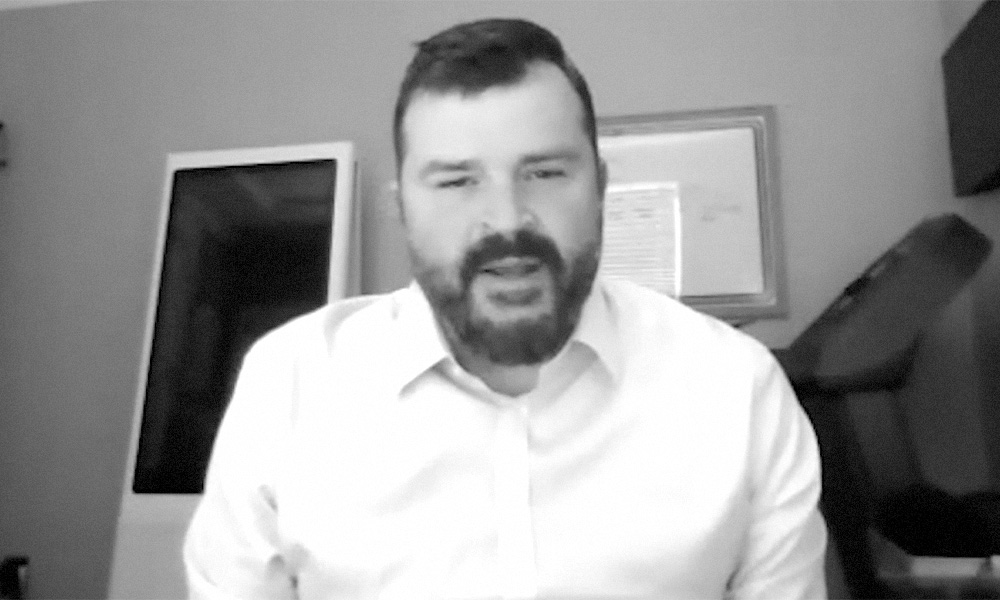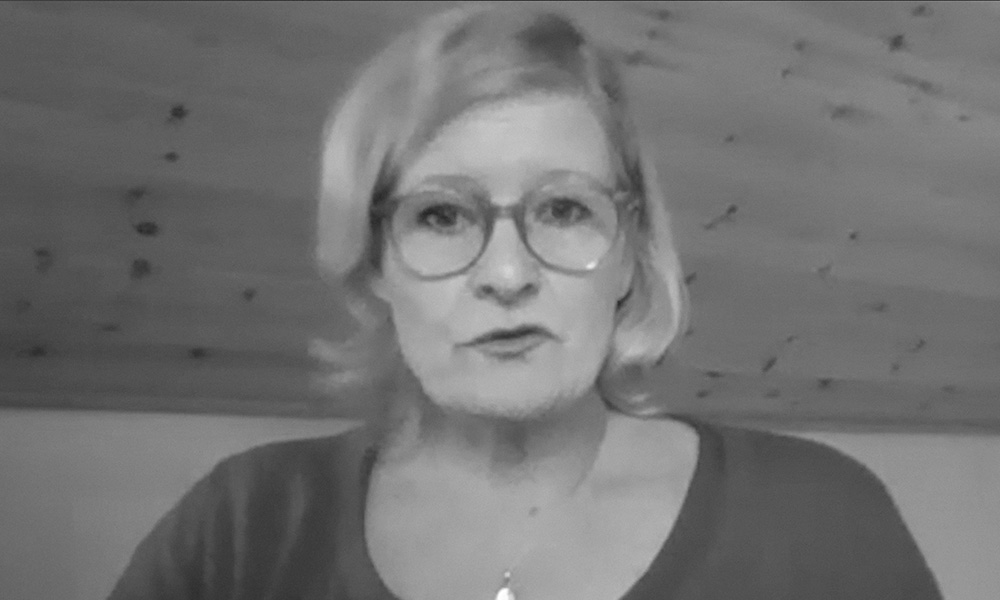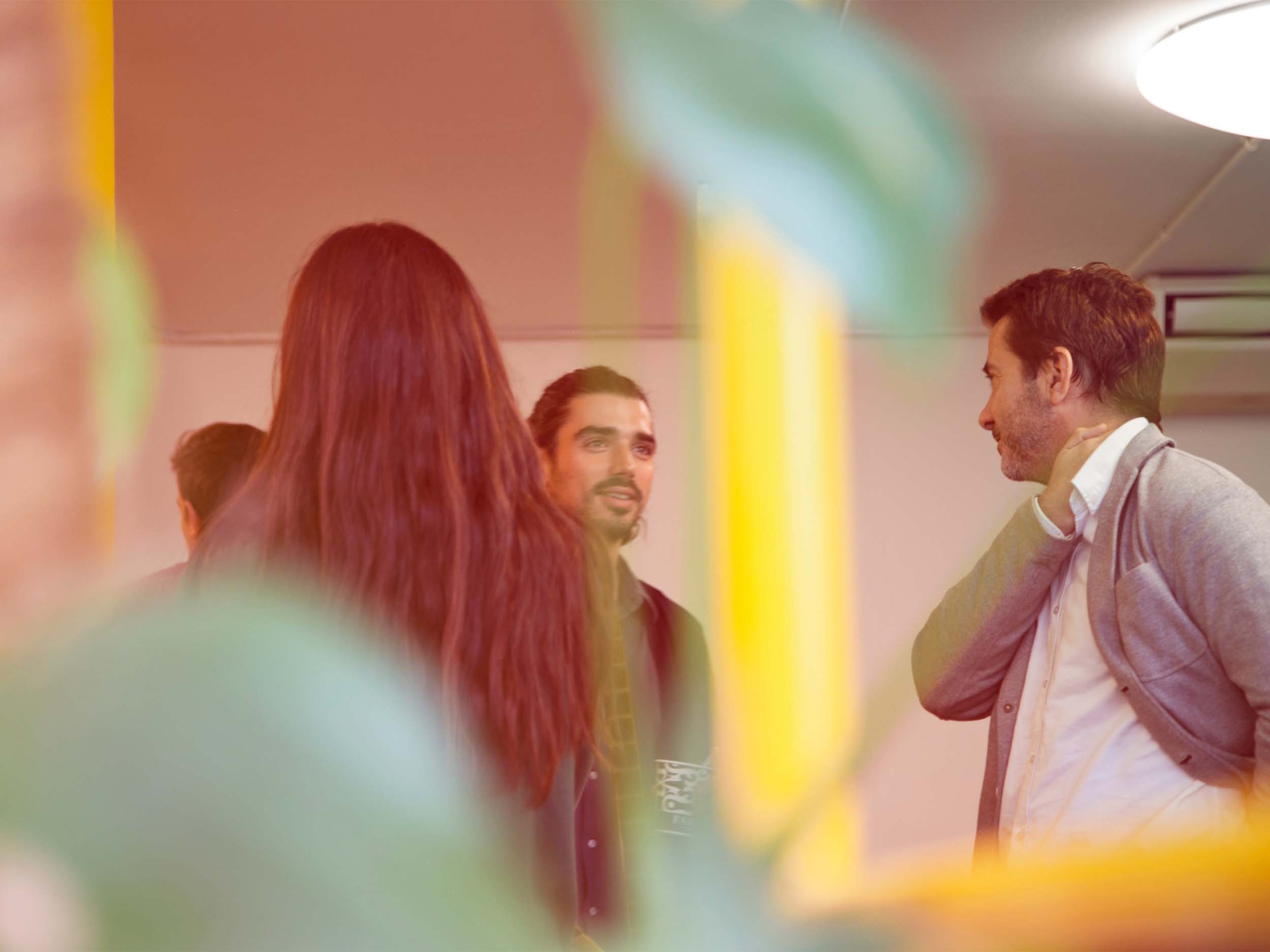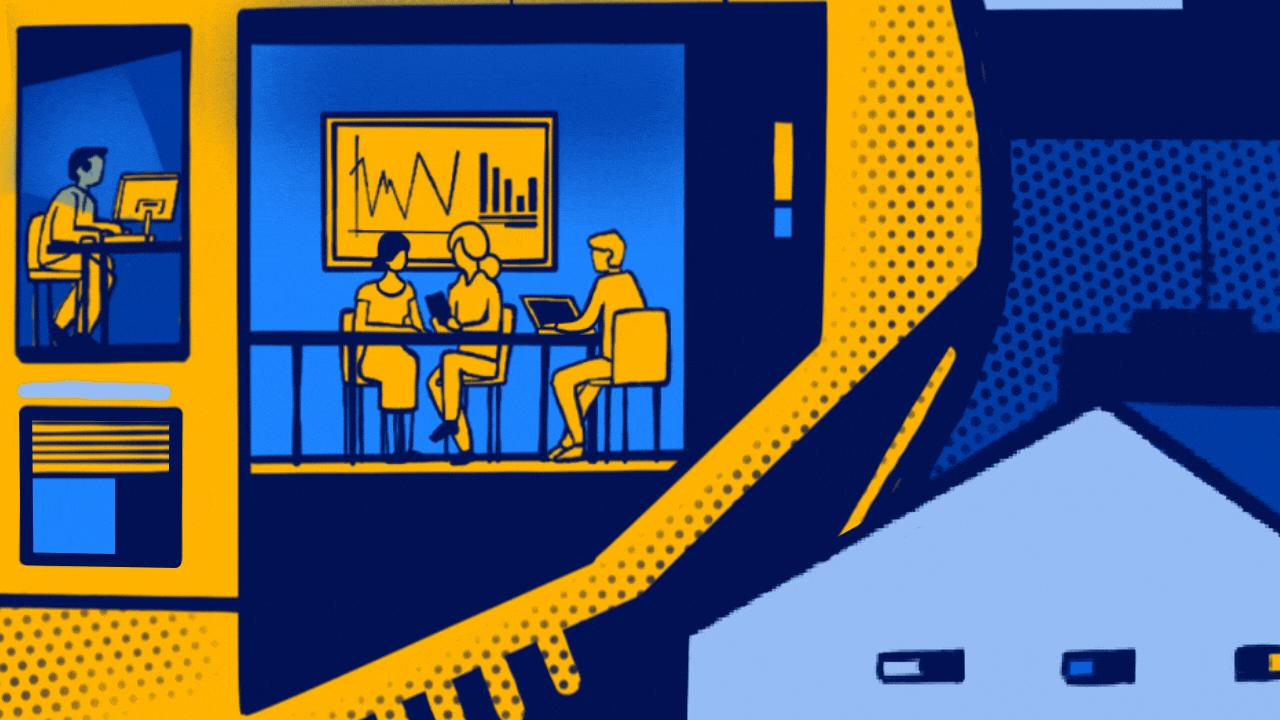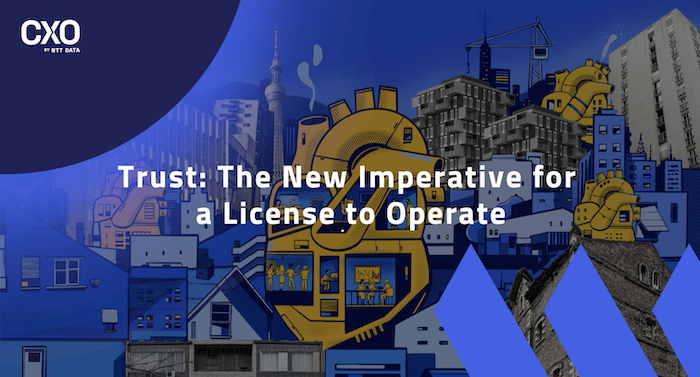
In 2017, when I published my first book, A World of Good: Lessons From Around the World in Improving the Employee Experience, I had no idea that a few years later a global pandemic would force thousands of organizations to adopt the changes I had suggested.
By late 2021, the book was being discussed as part of a book club run by a consultancy in New York. The first question the club asked me was, “Your book was written pre-pandemic. Knowing what you know now, what would you change in the book for a post-pandemic workforce?”. I pondered on that question for a moment – and responded with “nothing”. You see my book was created on the premise that all over the world, and throughout history, the lessons we needed to learn for the modern workforce were already there. For over a century, different cultures and countries have held the secret to how leaders in 2022 can build the workplace of the future, connect more to their people and be more successful.
From the research for my first book, there are two critical elements that I believe the world has taught us that can help us to build more successful and resilient organizations. They come from Africa and Denmark.
Ubuntu: invest in bringing your people together
Ubuntu comes from the Nguni Bantu term meaning ‘humanity’. Its origins are in the African phrases, ‘Motho ke motho ka batho ba bangwe’ (‘A person is a person through other persons’) and ‘Umuntu gaunt ngabantu’ (‘I am because we are; we are because I am’). In modern terms, it is used to refer to the idea that we are who we are because of other people. Ubuntu is about building relationships that focus on the whole, whether that is a local community, family, or indeed a team at work.
Head of the South African Truth and Reconciliation Commission, Archbishop Desmond Tutu, is credited with bringing this ancient term into the 20th century and into the Western world. Tutu used the principles of Ubuntu to help bring harmony to Africa, and even Nelson Mandela adopted its principles when he established his new Government in 1994. In the workplace, the application of Ubuntu can help organizations to tackle a new and growing problem: how they bridge the physical gaps between their people in a hybrid world.
When community in the workplace increases, so does financial performance, customer service and productivity. The more opportunities employees have to socialize, the better they do, and the better the organization does.
There is a growing body of evidence that shows when all the elements of community come together in a positive way, the impact on the individual and the organization is significant. Studies have found that when community in the workplace increases, so does financial performance, customer service and productivity. Better communities at work also directly correlate with overall employee life satisfaction and mental health. The more opportunities employees have to talk and socialize with their colleagues, the better they do, and the better the organization does.
A few years ago in the small Minnesota city of Albert Lea, 18,000 residents were part of a community experiment. Residents were encouraged to exercise together, volunteer and contribute to meetings with local leaders. The impact of this investment in the community was huge. The average resident increased their life expectancy by three years, and key employers in Albert Lee saw a reduction in absenteeism by 21% and a decrease in health care costs by a massive 40%.
The big challenge here is balancing what we know is good for people and our workplace with the needs of the individual. While more home and remote working may enable employees to save money and better balance their home lives, it’s still important we find ways to bring our people together frequently. This means understanding the needs of our employees better so we can remove any barriers to them successfully spending time with one another.
Trust: be more transparent with your people
In Denmark, employees appear to have more trust at work than anywhere else in the world. Author of How to Live in Denmark, Kay Xander Mellish says, “Trust is the basis of Danish society”. Employees are just expected to complete their work – when and where they get it done isn’t important. Pre-pandemic and the advent of mass home working, this level of trust meant that employees could frequently work from home or leave early. This had huge benefits to work-life balance and consequently, Denmark has some of the highest employee satisfaction statistics in the world.
Studies into wide-scale traumatic events like the Wall Street Crash, World War II and 9/11 also show that among the four universal basic needs people need from their employer at times of crisis, trust is number one. As we recover from the latest crisis and prepare for new ways of working, it’s critical for employers to sustain the trust that was created during the Covid-19 pandemic and build an employee experience founded on it.
As the pandemic raged on, the way we worked began to change forever. More than half of employees felt their colleagues were more productive.
When the pandemic first broke out, many companies shuddered at the prospect of having to trust their employees and allow them to work ‘behind closed doors’. According to newspaper reports, many employers spied on their people and bought hidden software to track them. But as the pandemic raged on, the way we worked began to change forever. More than half of employees felt their colleagues were more productive than usual, and 90% of companies say they believe their culture improved during Covid-19. The pandemic forced employers to do something the most successful organizations had already grasped – they had to trust their people.
Community: the benefits of togetherness and trust
When we compare those organizations with a low trust in their employees to those with high trust, we can see a significant difference. Those organizations who trust their employees show 74% less employee stress, 50% higher productivity, 13% fewer sick days, 76% higher employee engagement and 40% less burnout.
Trust forms the foundation of any successful relationship. It’s one of the most critical issues in human behavior and heavily influences our lives. When we trust our people to work in a way that works best for them, we are giving them autonomy and control – two very important parts of happiness and wellbeing. Organizational trust has now become so vital for building successful workplace cultures that for most employees, the quality of that culture is now more important than pay.
Trust is higher in our organizations now than it was before the pandemic and we must make sure that doesn’t change. This means addressing inequalities, building more empathetic and egalitarian workplaces, and creating opportunities for our people to connect.
If we aren’t letting and empowering our people to make choices of when and how they work, we are saying we don’t have trust in them. So why did we hire them in the first place? For all the benefits flexible working has shown to employees and employers these last few years, none of it could have happened without trust.
There are very strong links between community and trust. Where social trust in society is higher, there are fewer suicides and fewer traffic fatalities. In a trusting organization, employees build more of the social capital we now know is so important to future success. The effect is so strong that country-level social capital is now a stronger determinant of our wellbeing than our income.
Trust is higher in our organizations now than it was before the pandemic and we must make sure that doesn’t change. This means addressing inequalities, building more empathetic and egalitarian workplaces, and creating opportunities for our people to connect. History tells us that doing so will not only create greater workplace cultures, but organizations that are on a much more worthwhile and successful route to profit.



